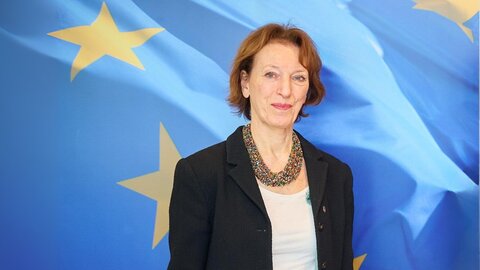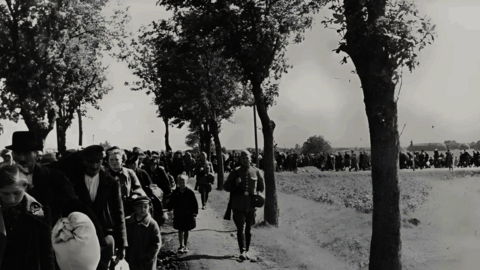Lack of Innovation in Post-Pandemic Austrian Media

Holograms as news anchors in Asia or drone footage in Hollywood – the coronavirus pandemic resulted in a surge in innovation in the international media landscape. But not in Austria. The focus here was on the short-term stabilization of the industry, or as media researcher Denise Voci from the University of Klagenfurt puts it, “In a nutshell: There was zero innovation.”
Telework instead of holograms
Instead of long-term strategies for the future, the focus was on ad hoc measures such as working from home, cross-departmental staff restructuring, and increasing digitalization in Austria’s media companies. Much of this, however, was scaled back again after the pandemic, apart from a stronger focus on data-driven journalism or podcasts as additional features.
Denise Voci and Matthias Karmasin headed the project “Effects of the COVID-19 Pandemic on Austria’s Media Industry,” which was funded by the Austrian Science Fund (FWF). The project,conducted at the Institute for Comparative Media and Communication Studies (CMC) of the Austrian Academy of Sciences (ÖAW) in cooperation with the University of Klagenfurt and Medienhaus Wien, focused on the question of whether the pandemic triggered significant transformation processes in the domestic media industry.
Crisis as an opportunity does not apply to Austria’s media landscape. A current study shows: Compared to other countries, the coronavirus pandemic resulted in little innovation in Austria.
Corona subsidies instead of ad revenues
Another key finding of the project is that government support measures during the pandemic were mainly used to compensate for the loss of advertising revenues. “The subsidies were primarily used for stabilization, not further development,” says the research group. Matthias Karmasin finds that this was a missed opportunity to use the crisis for structural innovations. “The media industry has come through the crisis with a black eye, but from a research perspective, it was a crisis wasted,” he says.
This is mainly because no additional revenues can be expected from readers. In Austria, the willingness to pay for digital journalism is generally low. In the first few months of the pandemic, many depended on legacy media as an important source of guidance; these media experienced an “all-time high” in both access and trust. The backlash hit soon, however, in the first fall season of the pandemic, in 2020: Users accused the media of inciting panic rather than providing information.
Trust and transparency
Andy Kaltenbrunner from the research team points out a key deficit: “The relationship to the audience still needs to grow dramatically. There is a lack of a personal and trust-building relationship between the media and their audience.”
According to Denise Voci, to attract paying customers, the industry will need to invest in a strong media brand. “It's not just about an article being well researched and written,” says the researcher. The greater the trust in a media brand, the greater the willingness to pay for content. Matthias Karmasin argues along the same lines, saying, “Branding, that is, investing in the brand, is a strategic resource for building trust and creating the willingness to pay in the digital space.”
To get there, however, the industry still has some homework to do. It takes more than technology – needed are above all transparency and community building, which can be expensive. Media need to focus harder on reaching younger target groups, which is no easy task when in competition with social media. Even if media companies are present on many platforms, they are not perceived as a brand. According to media experts, media education is one option for making up for these shortcomings. Young people need to learn how journalism works and engage in dialog with media professionals.
About the researchers
The media and communication researcher Matthias Karmasin heads the Institute for Comparative Media and Communication Studies (CMC), a cooperation between the Austrian Academy of Sciences and the University of Klagenfurt. Denise Voci is a postdoctoral researcher at the Department of Media and Communications at the University of Klagenfurt. She and Karmasin headed the research project “Effects of the COVID-19 Pandemic on Austria’s Media Industry” (2023–2025), which recieved EUR 315,000 in funding from the Austrian Science Fund (FWF).





